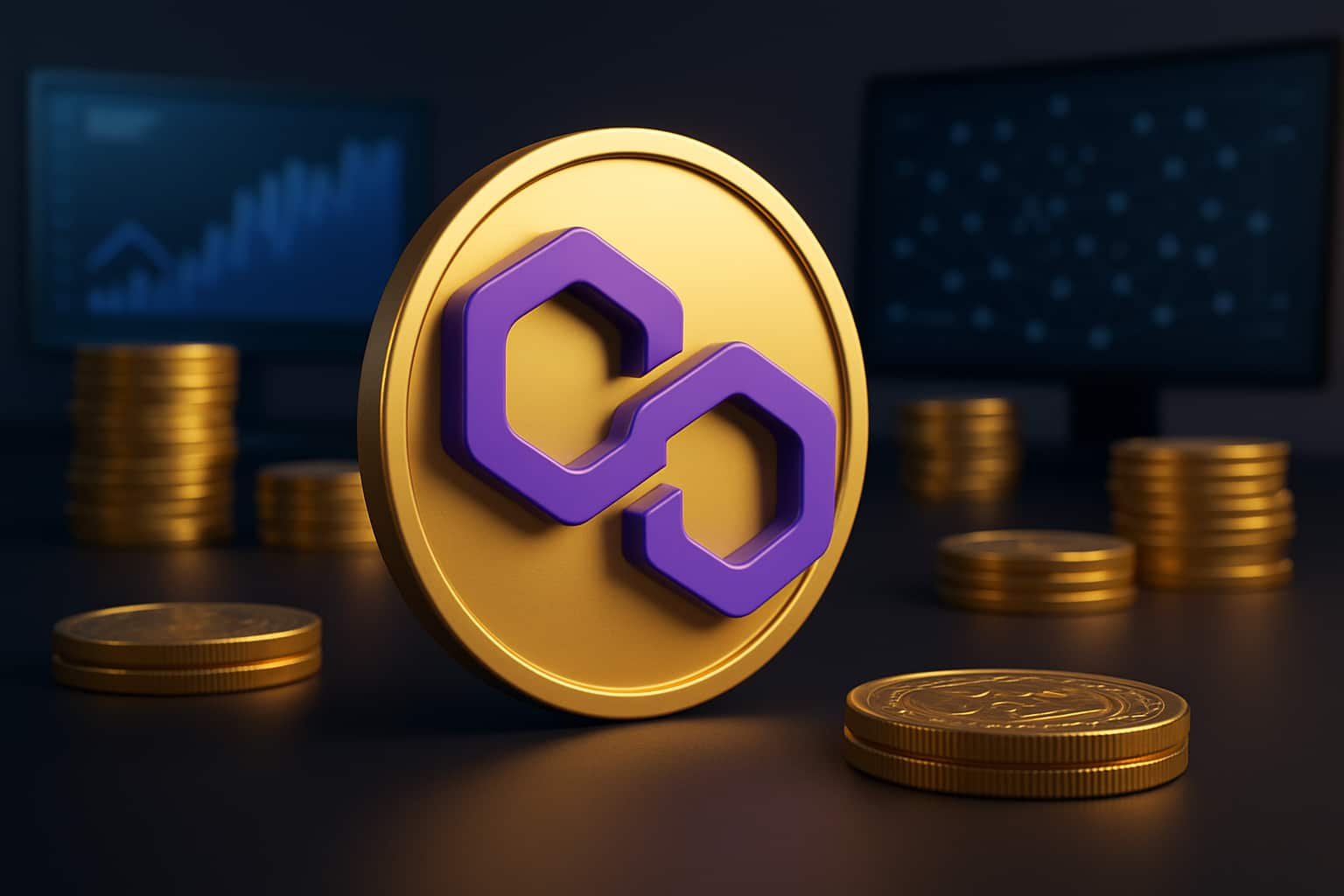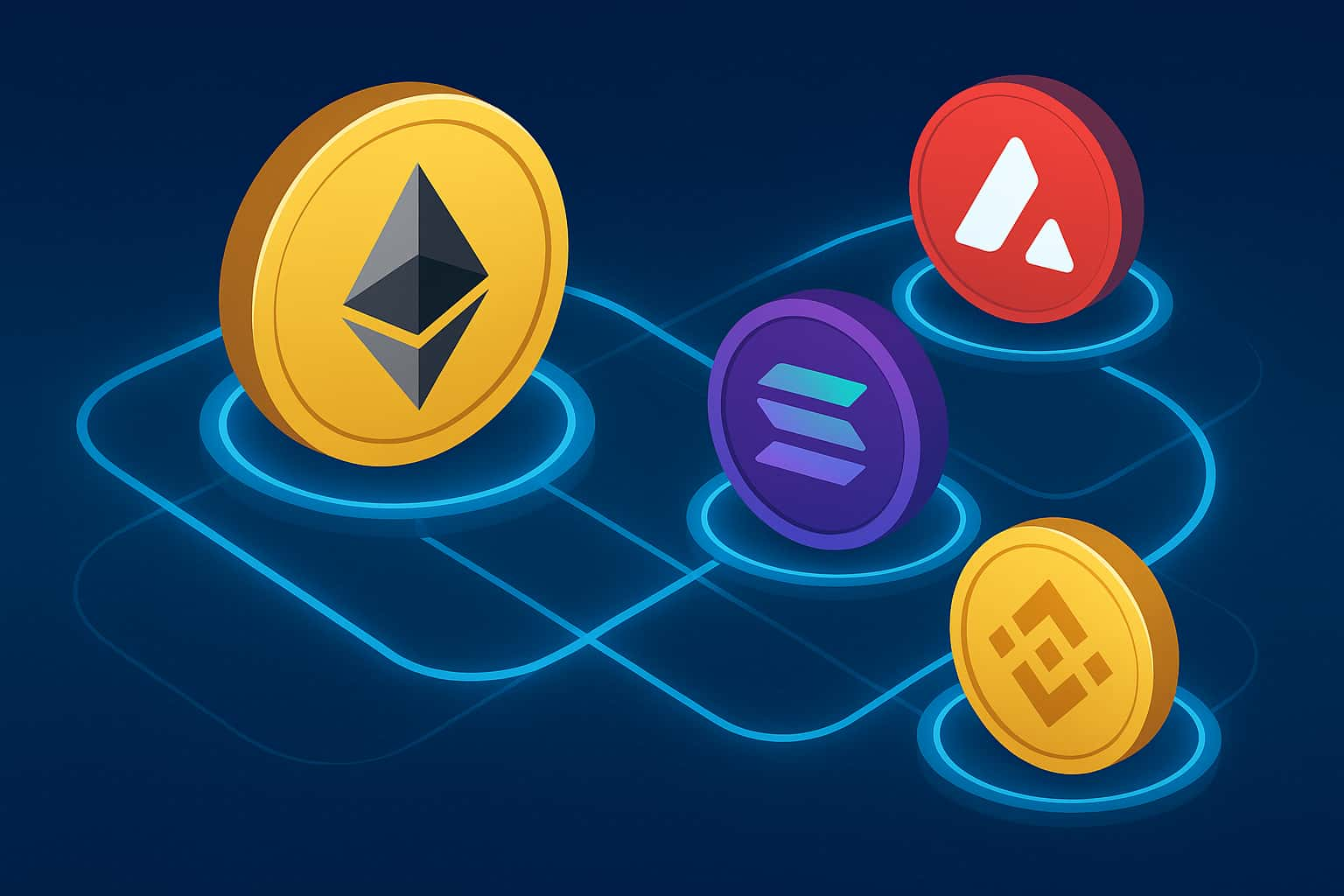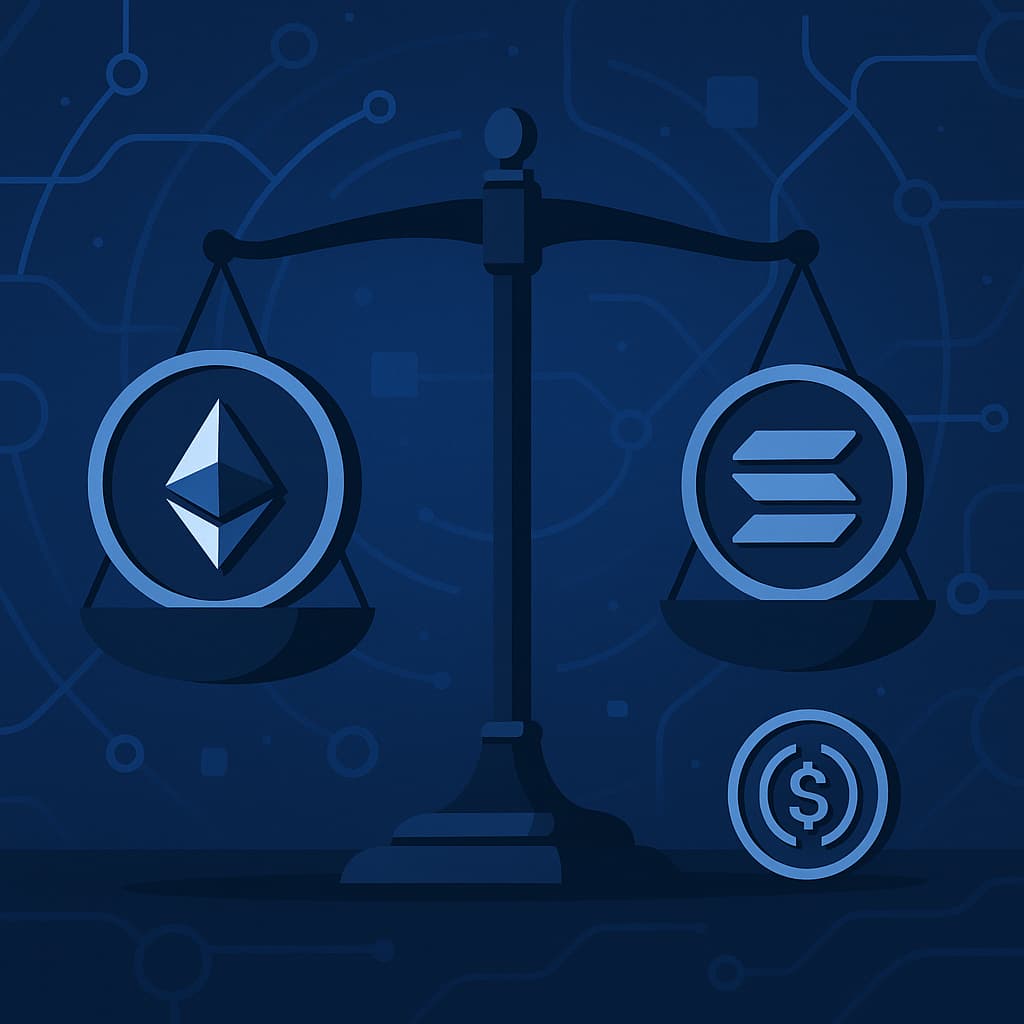Original Binance Chain (2019) – Designed for Fast Trading
The original platform focused on speed and efficiency in token transfers. It powered DEX and supported BEP-2 tokens. However, it lacked smart contract functionality, limiting its application scope.

 Blockchain Application Development
Blockchain Application Development
 Fintech Blockchain App Development
Fintech Blockchain App Development
 Hyperledger Application Development
Hyperledger Application Development
 STO Development Services Company
STO Development Services Company
 Exchange Development
Exchange Development
 Cryptocurrency Wallet Development
Cryptocurrency Wallet Development






